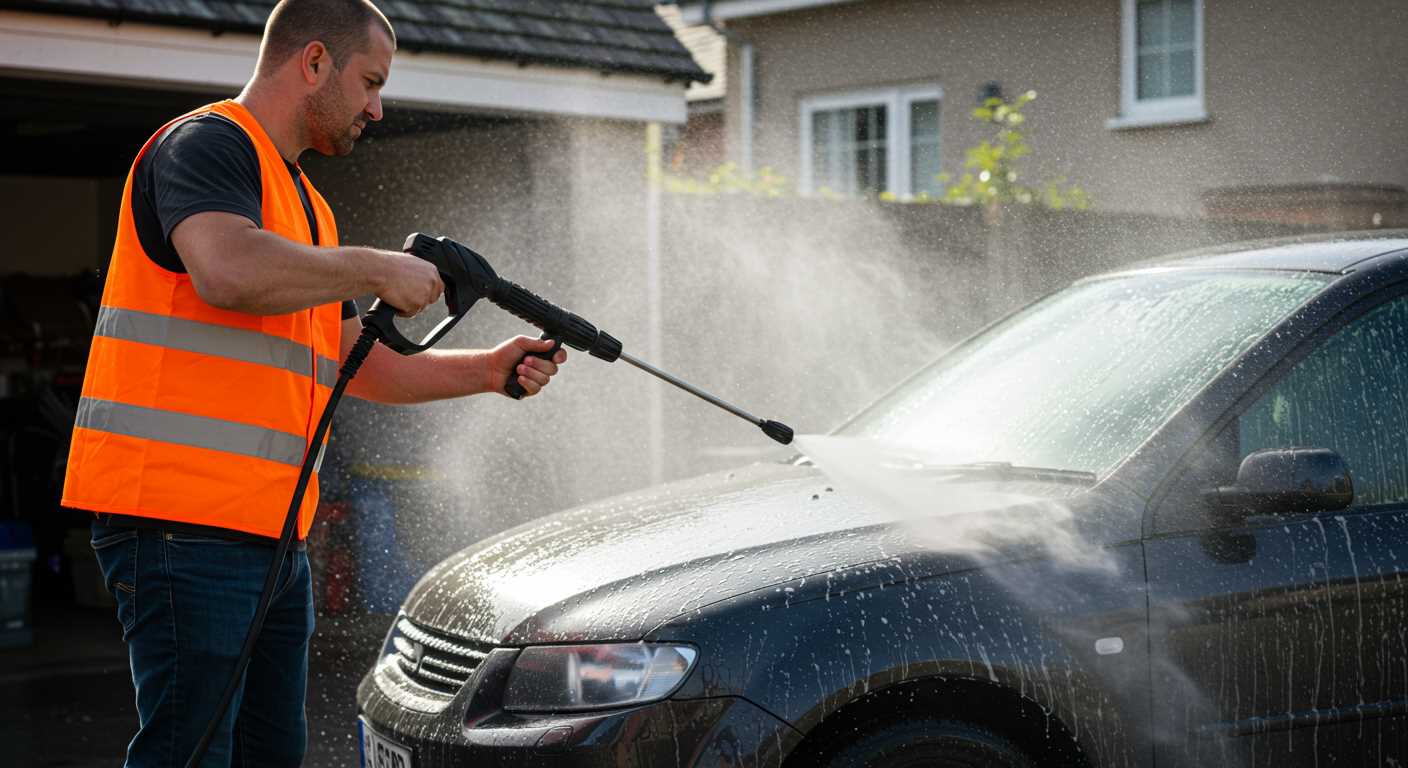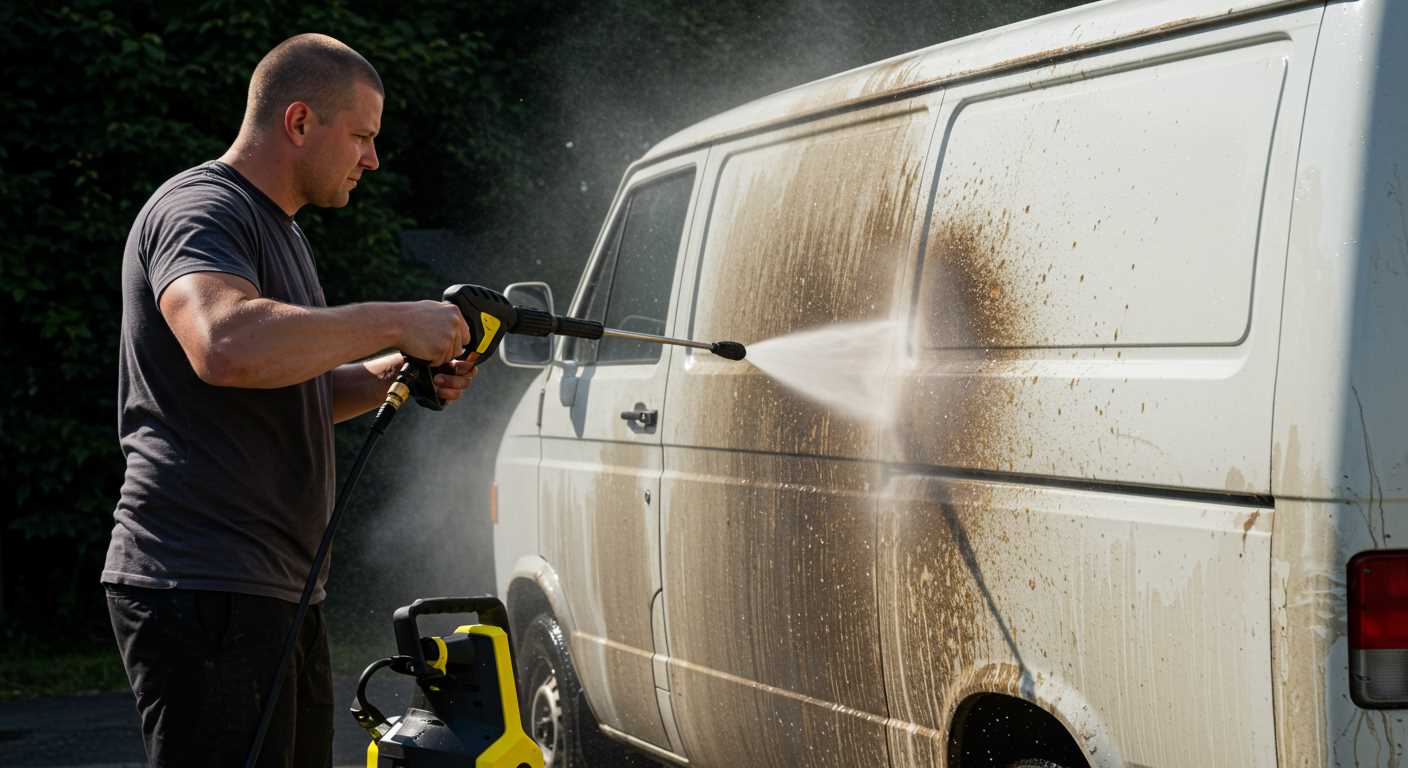

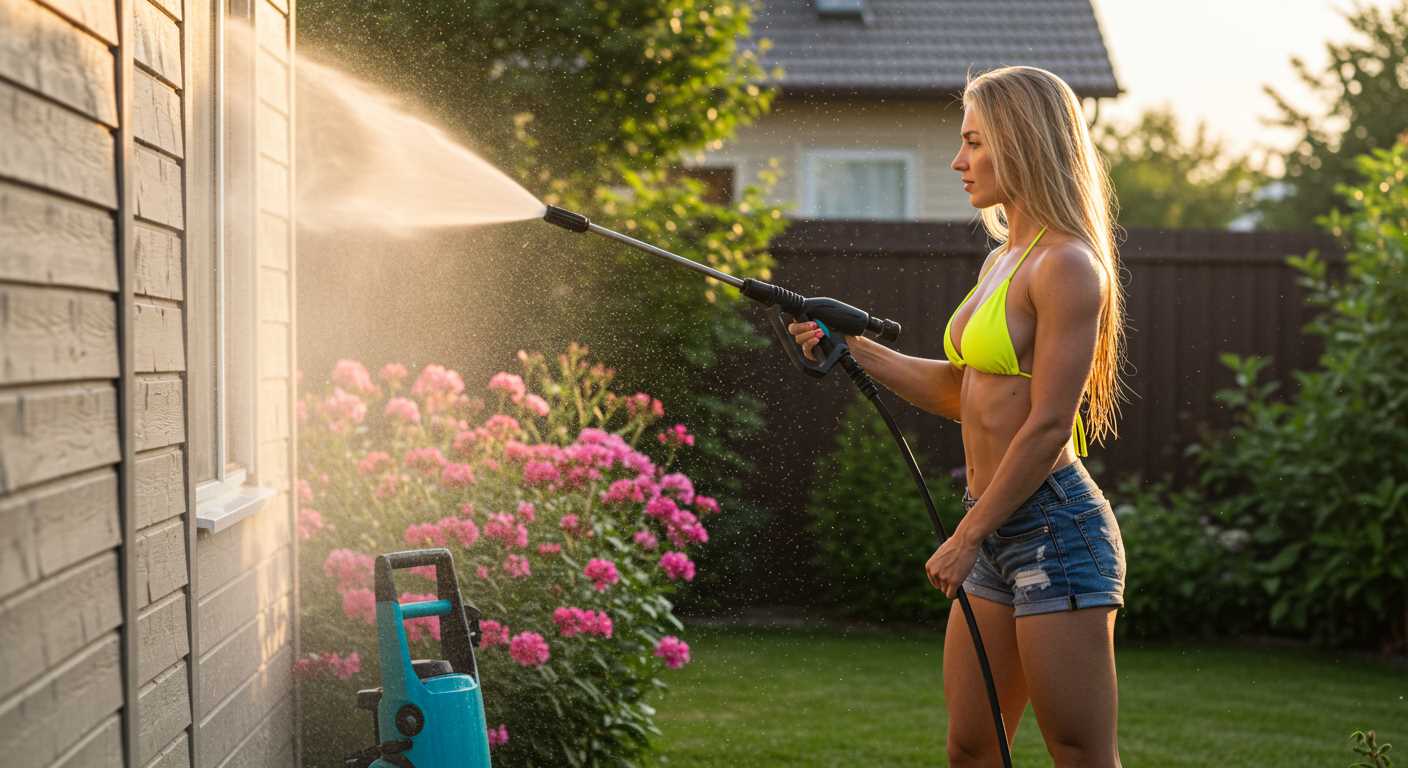
As a passionate DIY enthusiast and a regular user of pressure washers, I’ve come to appreciate the importance of every component that contributes to their efficiency, especially O-rings. In this article, I will delve into the world of pressure washer O-rings, explaining their crucial role in maintaining optimal performance and preventing leaks. Whether you are a professional cleaner or a homeowner looking to keep your outdoor spaces spotless, understanding O-rings is essential for the longevity of your equipment.
This article will be beneficial for anyone who uses a pressure washer, from beginners to seasoned professionals. I will guide you through the different types of O-rings available, their materials, and how to select the best ones for your specific model. Additionally, I’ll share tips on maintenance and replacement to ensure your pressure washer runs smoothly for years to come.
By the end of this article, you will have a solid understanding of the best O-rings for pressure washers, along with recommendations for reliable brands and products. Armed with this knowledge, you can make informed decisions that will enhance the performance of your pressure washer and ultimately make your cleaning tasks easier and more efficient.
Essential Materials for Durable O-rings
O-rings are critical components in pressure washers, ensuring a tight seal to prevent leaks and maintain optimal performance. The durability and longevity of these seals largely depend on the materials used in their construction. Selecting the right material is essential for ensuring that O-rings can withstand various environmental conditions and chemical exposures commonly encountered in pressure washing applications.
Several materials are widely used for manufacturing O-rings, each offering unique properties that cater to specific needs. Understanding these materials can help in making informed decisions when selecting O-rings for pressure washers.
Common O-ring Materials
- Nitrile Rubber (NBR): Known for its excellent resistance to oils and fuels, NBR is the most common material for O-rings. It performs well in a wide temperature range, making it suitable for many applications.
- Fluorocarbon (FKM): This material offers superior resistance to heat, chemicals, and aging. FKM O-rings are ideal for environments where aggressive chemicals are present.
- Silicone: While not as resistant to abrasive chemicals, silicone O-rings excel in high-temperature applications. They remain flexible at low temperatures and are often used in food-grade or medical settings.
- Polyurethane: Known for its exceptional wear resistance, polyurethane O-rings are suitable for applications that require durability against abrasion and tear.
When selecting O-rings for pressure washers, it is vital to consider both the operating environment and the specific requirements of the application. The right material will not only enhance the performance of the pressure washer but also extend the lifespan of the O-rings, reducing the frequency of replacements and maintenance costs.
Brands Offering Quality O-rings
When it comes to maintaining the efficiency of pressure washers, the importance of durable and reliable O-rings cannot be overstated. These small but essential components play a critical role in preventing leaks and ensuring optimal performance. A variety of brands have established themselves as leaders in the market, providing O-rings that meet rigorous quality standards.
Many manufacturers focus on using high-grade materials that enhance the longevity and effectiveness of their O-rings. Their commitment to quality is often reflected in positive customer feedback and extensive warranties. This dedication to excellence has garnered a loyal customer base that trusts these brands for their pressure washing needs.
Features to Consider
- Material Quality: Look for O-rings made from materials like Viton or Nitrile, which offer excellent resistance to wear and chemicals.
- Compatibility: Ensure that the O-rings are compatible with your pressure washer model to avoid performance issues.
- Durability: Brands that provide O-rings designed for high-pressure applications typically offer better longevity.
- Customer Support: Established brands often provide better customer service, making it easier to find the right products and get assistance when needed.
By choosing O-rings from reputable brands, users can enhance the performance of their pressure washers and prolong their lifespan. Investing in quality components ultimately leads to greater satisfaction and efficiency in cleaning tasks.
How to Choose the Right Size O-ring
Selecting the correct size O-ring is crucial for ensuring optimal performance in pressure washers. An ill-fitting O-ring can lead to leaks, decreased efficiency, and potential damage to the equipment. To make an informed choice, you need to understand the dimensions and specifications of the O-ring required for your specific application.
Firstly, it is essential to measure the diameter and thickness of the O-ring. The two key measurements you need are the inner diameter (ID) and the cross-sectional diameter (CS). Accurate measurements will help you identify the right size that fits snugly within the housing or groove, ensuring a proper seal.
Measuring O-ring Size
When measuring, follow these steps:
- Inner Diameter: Use a caliper to measure the inner diameter of the groove where the O-ring will be placed. This measurement determines the size of the O-ring that will fit.
- Cross-Sectional Diameter: Measure the thickness of the existing O-ring or the groove depth to find the appropriate cross-section measurement.
After obtaining these measurements, compare them to standard size charts. Most O-rings are available in various standard sizes, making it easier to find a suitable match. If you are unable to find an exact fit, consider custom O-rings, which can be manufactured to your specifications.
Additionally, consider the material of the O-ring. Different materials can withstand varying levels of pressure, temperature, and chemical exposure, so choose one that suits your pressure washer’s operating conditions. Ensuring the right size and material will enhance the longevity and effectiveness of your equipment.
Installation Tips for Improved Performance
Proper installation of O-rings is crucial for maintaining the efficiency and longevity of your pressure washer. A well-installed O-ring ensures a tight seal, preventing leaks and ensuring optimal performance during operation. Taking the time to follow the right procedures can significantly enhance the functionality of your equipment.
Before starting the installation process, it’s important to gather the necessary tools and materials. Make sure you have the correct size O-rings, lubrication, and any other tools you might need. This preparation will help streamline the process and reduce the risk of errors.
Key Installation Steps
- Clean the Groove: Ensure that the groove where the O-ring will be seated is free from dirt, debris, and old lubricant. A clean surface allows for a better seal.
- Inspect the O-ring: Check the O-ring for any signs of damage or wear before installation. Using a damaged O-ring can lead to leaks and decreased performance.
- Lubricate the O-ring: Apply a thin layer of lubricant that is compatible with the O-ring material. This helps with installation and ensures a proper seal.
- Install Carefully: Place the O-ring into the groove without twisting or stretching it. An improperly seated O-ring can cause leaks.
- Test for Leaks: After installation, run the pressure washer at a low setting to check for any leaks. If you notice any, turn off the machine and recheck the O-ring seating.
By following these installation tips, you can ensure that your pressure washer performs efficiently and effectively. A small investment of time and attention to detail can lead to significant improvements in your equipment’s operation.
Common Issues Caused by Worn O-rings
Worn O-rings can lead to a variety of issues that affect the performance and efficiency of pressure washers. These small yet critical components are designed to create a seal between different parts of the machine, preventing leaks and ensuring optimal operation. When O-rings become worn or damaged, they can compromise the integrity of these seals, leading to several problems that can hinder the cleaning process.
One of the most common issues resulting from worn O-rings is water leakage. This not only reduces the pressure washer’s effectiveness but can also cause damage to surrounding components. Additionally, leaks can lead to water wastage, which is both environmentally and economically unfavourable. Moreover, when pressure is lost due to compromised seals, the cleaning power of the machine diminishes, making it less effective in tackling tough stains and grime.
Other Consequences of Worn O-rings
- Increased Wear and Tear: Worn O-rings can lead to increased friction and wear on other parts of the pressure washer, potentially resulting in costly repairs.
- Overheating: Insufficient sealing can cause the machine to overheat, as the pump works harder to maintain pressure.
- Inconsistent Performance: Fluctuations in pressure can lead to inconsistent cleaning results, affecting the overall user experience.
- Potential Damage to Components: Leaking water can cause corrosion and damage to electrical components, leading to further issues.
Regular maintenance and timely replacement of O-rings are essential to avoid these common issues. By ensuring that these small but vital parts are in good condition, users can maintain the efficiency and longevity of their pressure washers.
Maintenance Practices for Longevity
To ensure the longevity of your pressure washer and its O-rings, regular maintenance is essential. Implementing a routine care schedule can prevent costly repairs and prolong the life of your equipment. Proper maintenance not only enhances performance but also guarantees that your pressure washer operates efficiently when you need it most.
Key maintenance practices include cleaning, inspection, and replacement of worn components. By focusing on these areas, you can keep your pressure washer in optimal condition and minimize the risk of failure.
Essential Maintenance Practices:
- Regular Cleaning: After each use, clean the exterior and nozzle of your pressure washer to remove dirt and debris.
- O-ring Inspection: Frequently check O-rings for signs of wear or damage. Replace them as needed to prevent leaks.
- Fluid Checks: Ensure all fluids, including oil and detergent, are at the correct levels and free from contamination.
- Storage Conditions: Store your pressure washer in a dry environment to avoid moisture damage, and protect it from extreme temperatures.
Replacement Schedule:
- Inspect O-rings every 3 months.
- Replace O-rings at least once a year or sooner if wear is evident.
- Check hoses and connectors every 6 months for leaks and wear.
By following these maintenance practices, you can ensure your pressure washer remains efficient and reliable. Regular attention to O-rings and other components will not only enhance performance but also extend the lifespan of your machine, allowing you to tackle any cleaning task with confidence.
Top 10 Best Pressure Washer O-rings



Best Pressure Washer O-rings
Features
| Part Number | 038601 |
| Model | 4O-96P6-W1KE |
| Color | Brown |
Features
| Part Number | 24813 |
| Model | 24813 |
| Release Date | 2025-04-11T00:00:01Z |
Features
| Part Number | 08000K |
| Model | 08000K |
| Color | Black |
| Size | OD 1-9/16" x Thick 3/4" |
Video:
FAQ:
What are the common materials used for pressure washer O-rings?
Pressure washer O-rings are typically made from materials such as rubber, neoprene, and Viton. Rubber O-rings are the most common due to their flexibility and resistance to wear. Neoprene offers good resistance to oil and weathering, making it suitable for outdoor use. Viton O-rings are known for their durability and ability to withstand high temperatures and aggressive chemicals, making them ideal for heavy-duty applications.
How can I tell if my pressure washer O-rings need to be replaced?
There are several signs that indicate your pressure washer O-rings may need replacement. Look for visible cracks, deformation, or brittleness in the O-rings. If you notice leaks or a decrease in pressure during operation, this can also be a sign of worn O-rings. Regularly inspecting these components can help maintain the performance of your pressure washer and prevent further damage.
Can I use generic O-rings for my pressure washer, or should I get OEM parts?
While generic O-rings can be a cost-effective option, it’s often recommended to use OEM (Original Equipment Manufacturer) parts for pressure washers. OEM parts are specifically designed for your model, ensuring a proper fit and reliable performance. Generic O-rings may not meet the same quality standards and could lead to leaks or operational issues if they don’t fit correctly.
What is the process for replacing O-rings in a pressure washer?
Replacing O-rings in a pressure washer is a straightforward process. First, ensure the machine is off and disconnected from the power source. Identify the location of the O-ring and remove any components that may be obstructing access. Carefully remove the old O-ring, taking care not to damage the grooves. Clean the area before installing the new O-ring, ensuring it is properly seated. Reassemble the components and test the pressure washer for leaks before full operation. Always refer to the manufacturer’s manual for specific instructions related to your model.

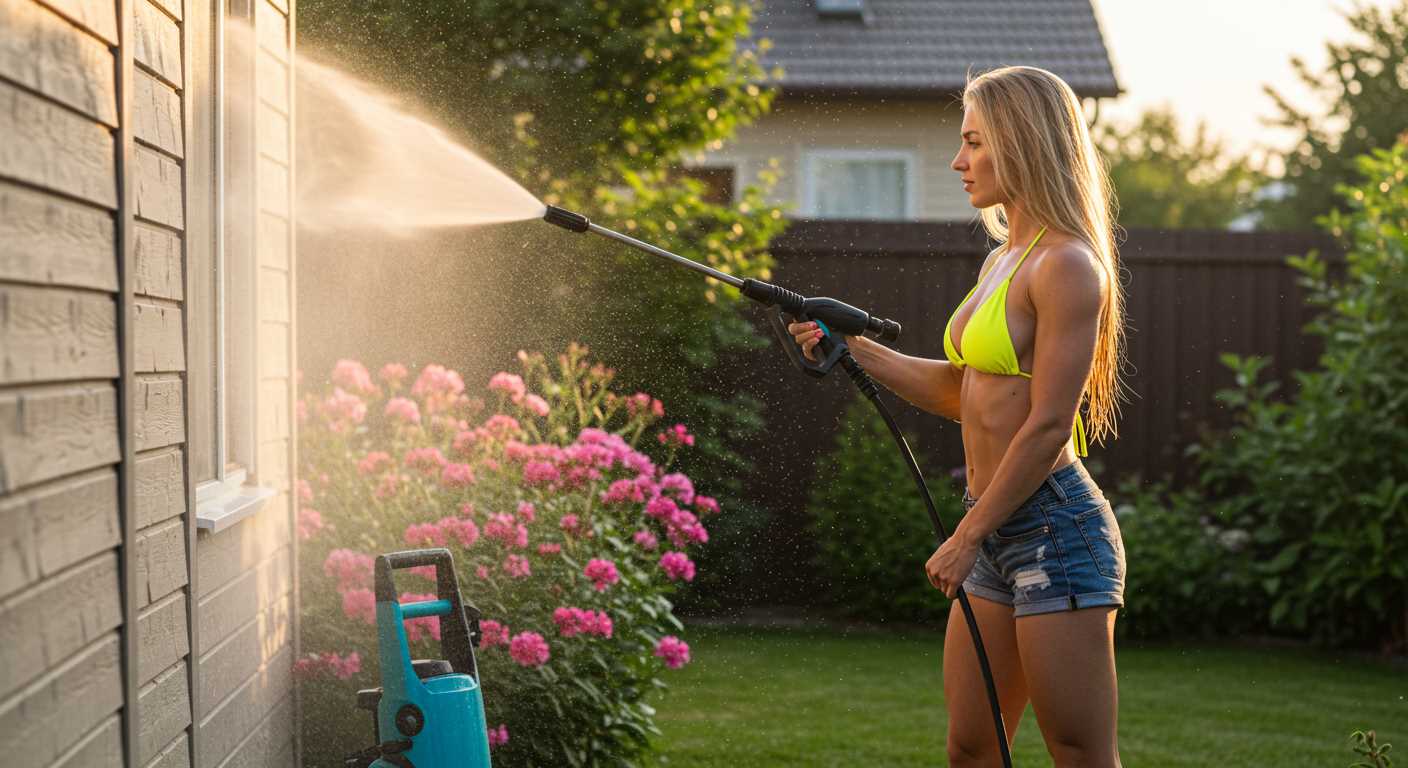
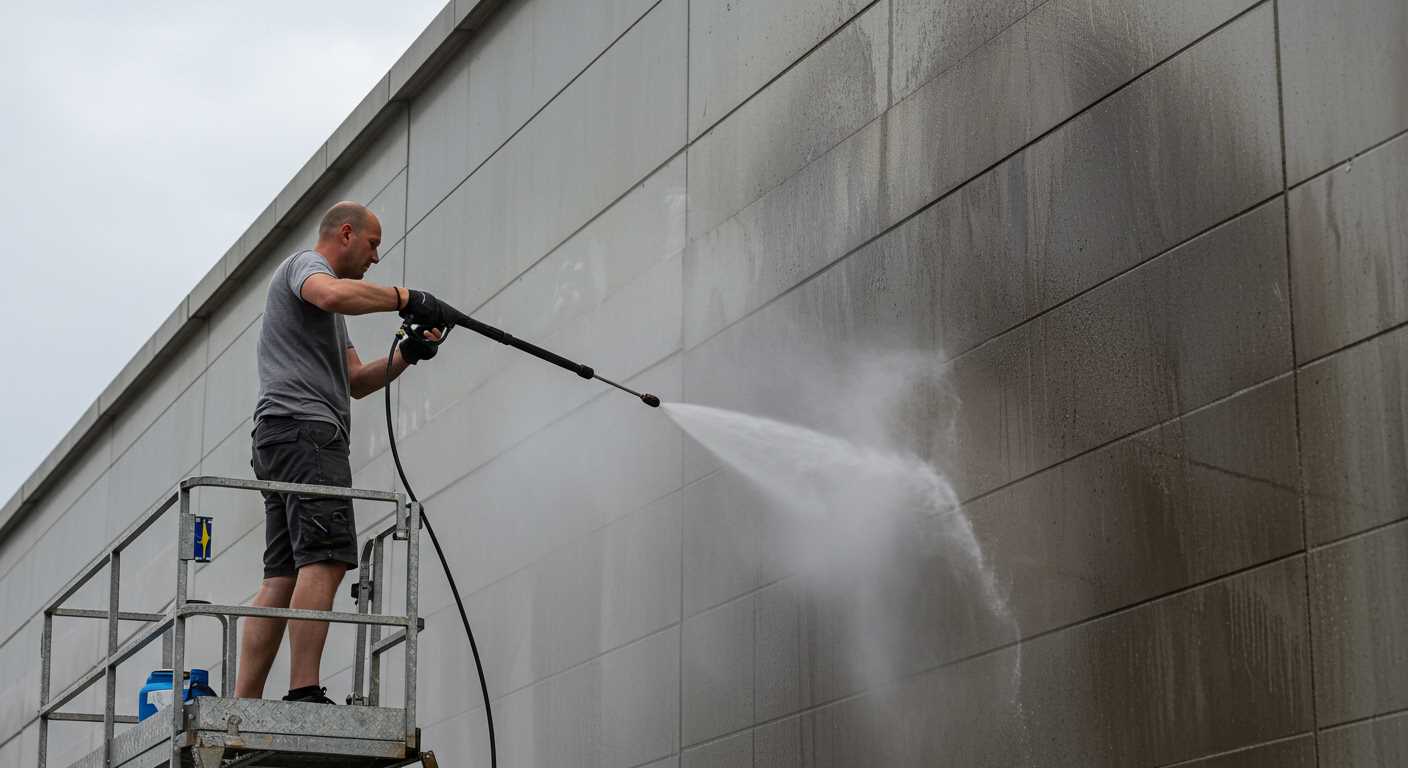
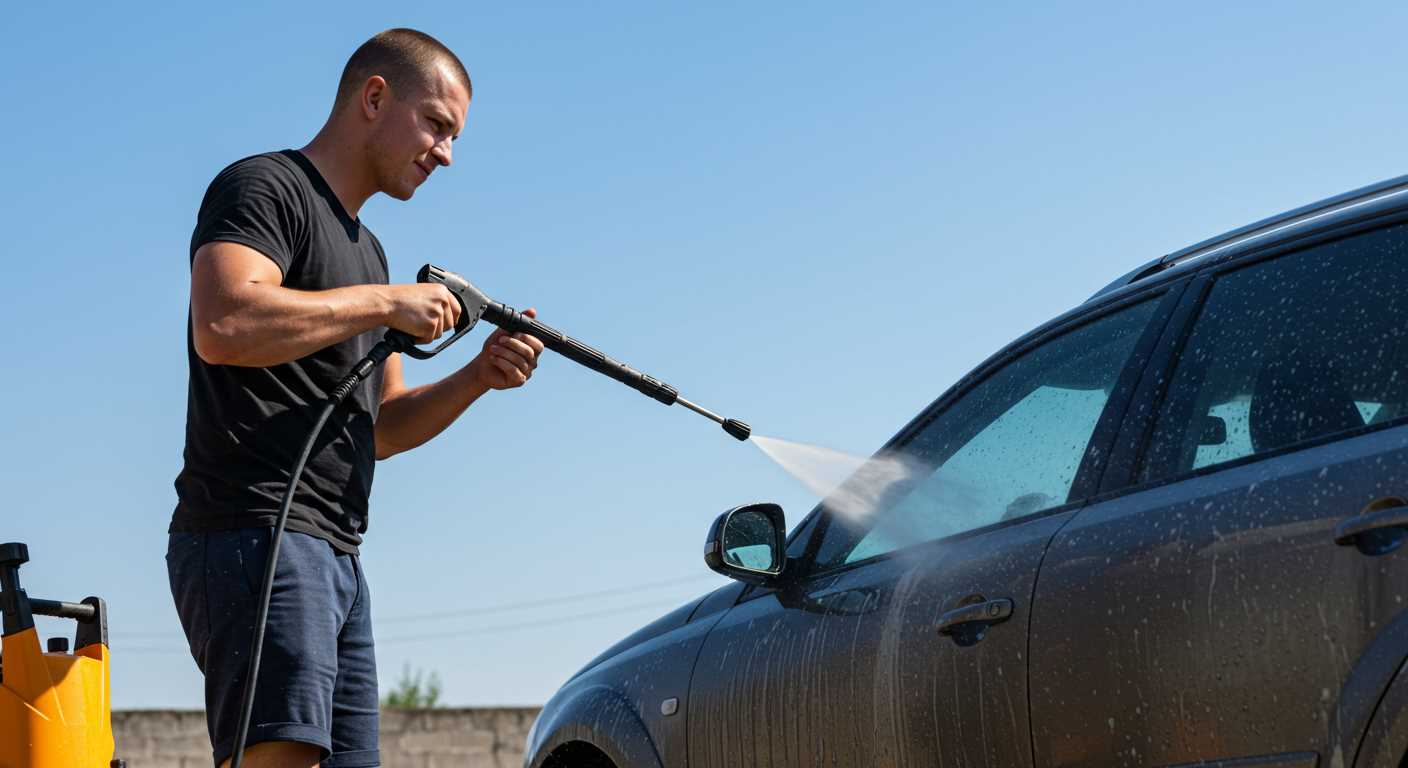
.jpg)
